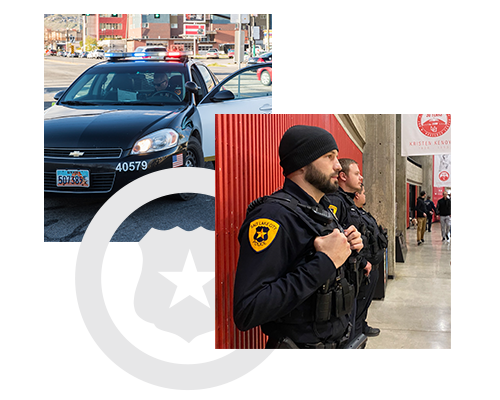NEW HIRE applications now being accepted.
Application deadline for the January 2025 academy is June 24, 2024.
The academy start date is based on staffing needs and could change.
Are you qualified to become a Salt Lake City Police Officer?
Minimum requirements:
Entry Level Officer
The minimum requirements to become a Salt Lake City Police Officer are as follows:
- Passing NPOST results will be required at the time of application and must be uploaded to your online application. Please note it could take up to four weeks to receive your test results in the mail. NPOST testing locations and further details regarding the test can be found here: http://www.slcdocs.com/HR/Hire/NPOST_TestingInformation.pdf.
- Graduation from high school or possession of GED certificate.
- Must be either a U.S. Citizen or a lawful permanent resident of the United States for at least five years and have legal authorization to work in the United States as of the date of the first examination.
- Must be at least 21 years of age at the time of certification as a law enforcement officer.
- Successful completion of the examination process which may include a physical agility test, written communication exercise, written examination, oral board interview, background investigation, truth verification exam, psychological examination and evaluation, interview, and medical examination and drug screen.
- Graduation from Peace Officers Standards and Training Academy within six (6) months of hire.
- Considerable human relations and communications skills.
- Ability to work independently, make critical decisions, and use initiative and common sense.
- Must have valid Utah Driver License or the ability to obtain one within 30 days of employment.
New Lateral Police Officers
will receive $8,500!

Many Career Opportunities Within the Department
Police officers have the ability to work several different specialized assignments during their career. They have the opportunity of moving within the department while learning new skills on the job.
A few specialty squads are:
- Airport Division
- Training Division
- Motor Squad
- Bike Patrol
- Bomb Squad
- Detective Division
- Gang Unit
- Homicide Unit
- Intelligence Division
- K9 Squad
- Narcotics Task Force
- SWAT Team
recruitment@slcgov.com
Email a recruiter with your questions concerning the hiring process.


